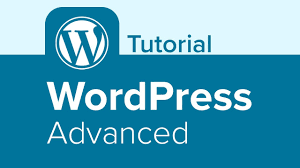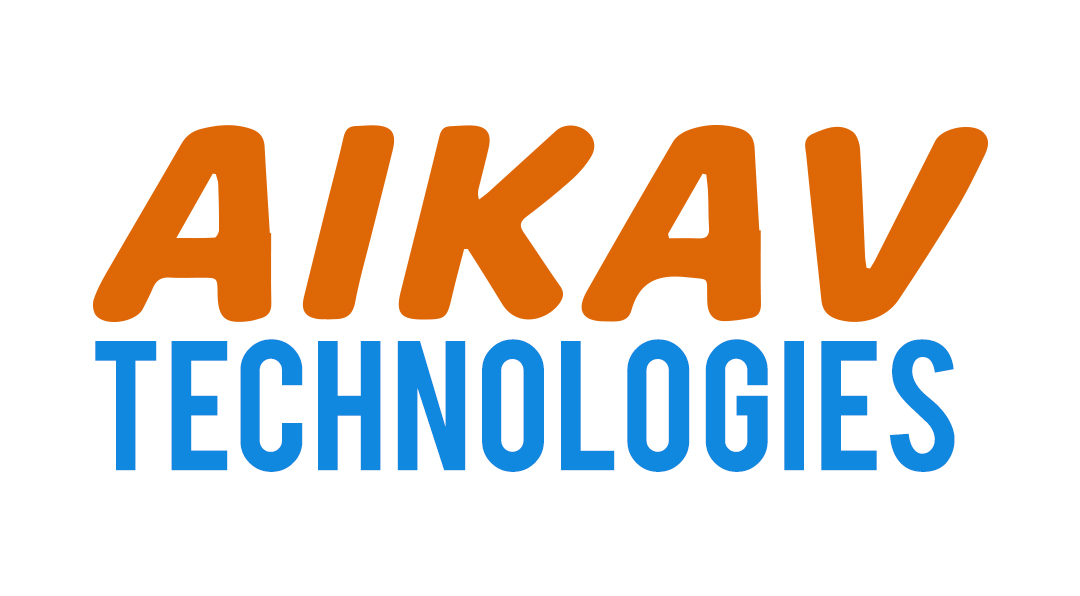
For WordPress users who are ready to go beyond the basics, advanced customization can unlock the true potential of your website. Whether you’re a developer, designer, or just a power user looking to push the boundaries of what WordPress can do, mastering advanced customization techniques is essential for creating a unique and fully optimized website.
This guide will explore powerful tips and tricks for advanced WordPress customization that allow you to take full control over your site’s design, functionality, and performance. From custom themes and plugins to advanced coding techniques, we’ll show you how to transform your WordPress website into a powerful, high-performance platform tailored to your needs.
1. Creating a Child Theme for Safe Customization
One of the most important steps in advanced WordPress customization is learning how to work with a child theme. A child theme allows you to make custom changes to your theme without altering the original code, ensuring that future theme updates won’t overwrite your modifications.
How to create a child theme:
In your WordPress theme directory, create a new folder (e.g.,
your-theme-child).Create a
style.cssfile, referencing the parent theme.Create a
functions.phpfile for any custom functions.Activate your child theme from the WordPress dashboard.
Using a child theme ensures that your customizations are safe and maintainable over time.
2. Customizing WordPress Themes with CSS
WordPress allows you to easily modify your site's appearance with custom CSS. If you're comfortable with CSS, you can edit the visual aspects of your theme without needing to dive into PHP or HTML.
Go to Appearance > Customize > Additional CSS to add custom styles.
Modify your theme’s layout, typography, colors, and more by targeting specific HTML elements.
For more complex changes, you can also edit the theme's main style.css file, but doing so in a child theme will prevent issues when the parent theme updates.
3. Leveraging Custom Post Types and Taxonomies
By default, WordPress allows you to create posts and pages. However, you can extend this functionality by creating custom post types (CPTs) and custom taxonomies to organize your content more effectively.
Creating Custom Post Types:
You can register a custom post type by adding code to your theme’s
functions.phpfile or using plugins like Custom Post Type UI.Example: A portfolio website might use a CPT for “Projects,” while a blog could use a CPT for “Reviews.”
Custom Taxonomies:
Custom taxonomies help you organize your content in a more flexible way than the default categories and tags. For example, a movie site might have a custom taxonomy like “Genres” (e.g., action, comedy, drama).
4. Using Advanced Page Builders
While the default WordPress block editor (Gutenberg) is powerful, page builders like Elementor, Beaver Builder, and WPBakery allow for even more customization, especially for users without coding skills.
These tools offer drag-and-drop interfaces for building complex layouts and designs.
They allow you to create unique headers, footers, and sections on your site without needing to know HTML or CSS.
For advanced users, page builders often allow custom code insertion, so you can inject custom HTML, CSS, and JavaScript into specific areas of your page.
5. Writing Custom WordPress Functions
For power users comfortable with PHP, writing custom functions allows you to extend WordPress beyond its out-of-the-box capabilities. By adding custom functions to your theme’s functions.php file, you can enhance or alter how WordPress behaves.
Examples of custom functions:
Customizing WordPress login behavior.
Modifying the WordPress dashboard to show custom admin notices.
Creating custom shortcodes to reuse content.
6. Advanced Plugin Customization
Sometimes, you might need to tweak the functionality of a plugin to suit your needs. WordPress provides hooks (actions and filters) that allow you to customize the behavior of plugins without editing their core code.
Using Actions and Filters:
Actions allow you to add custom functions when a specific event happens (e.g., when a post is published).
Filters let you modify data before it’s displayed or saved (e.g., changing the title of a post).
These hooks allow you to customize the behavior of plugins safely without modifying their original code.
7. Implementing Custom Widgets
Custom widgets are small blocks of content that can be added to your site’s sidebars, footers, or any widgetized area. If you want a more tailored experience, you can create custom widgets that display specific content based on user interaction.
Create custom widgets using PHP and integrate them into your theme by creating a custom widget class.
You can use custom widgets to display dynamic content, like product listings, testimonials, or contact forms.
8. Performance Optimization for Advanced Users
Advanced customization isn’t just about aesthetics; it’s also about improving performance. By using various optimization techniques, you can ensure your website loads quickly and efficiently.
Advanced performance tips:
Use caching plugins like W3 Total Cache or WP Rocket to speed up your site.
Minify and concatenate CSS, JavaScript, and HTML files.
Leverage a Content Delivery Network (CDN) like Cloudflare to distribute your content globally.
9. Customizing WordPress Admin Area
For developers or advanced users managing multiple websites, customizing the WordPress admin area can save time and improve efficiency.
Common admin customizations:
Hide unnecessary menu items for clients or users with specific roles.
Modify the WordPress dashboard to display important metrics or custom notices.
Use plugins like Adminimize or custom code to simplify the admin interface.
10. Using WP-CLI for Command Line Control
WP-CLI (WordPress Command Line Interface) is a powerful tool for advanced users and developers who prefer working with the command line. It allows you to manage your WordPress site using simple commands, such as updating plugins, creating posts, or clearing cache, all from the terminal.
WP-CLI commands include:
wp plugin update --allto update all plugins.wp post create --post_title="New Post"to create new posts quickly.wp db exportto export your database.
Conclusion
Advanced WordPress customization enables you to tailor your website’s functionality, design, and performance to suit your exact needs. Whether you’re adding custom post types, writing custom functions, or optimizing for performance, these tips and tricks empower you to take your site to the next level. By combining these techniques with best practices, you can create a unique WordPress website that’s both powerful and user-friendly.
